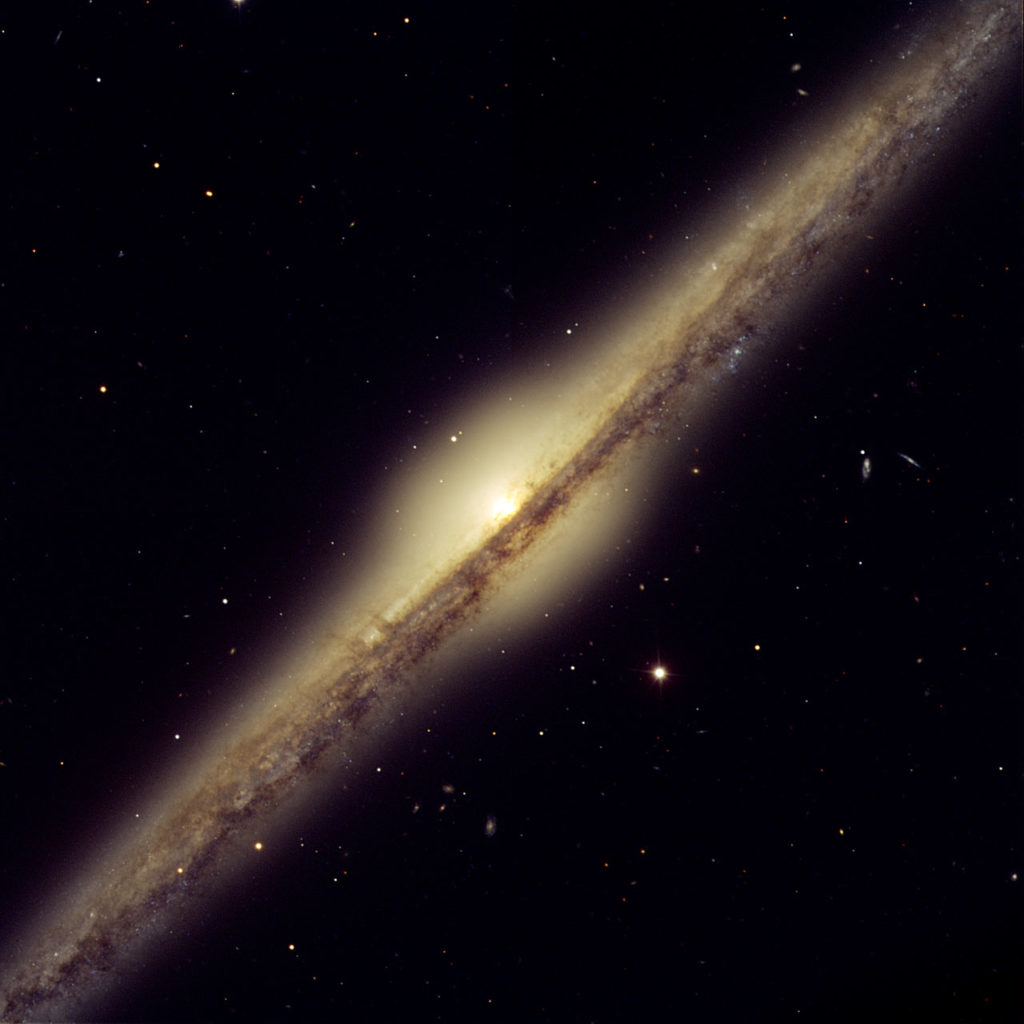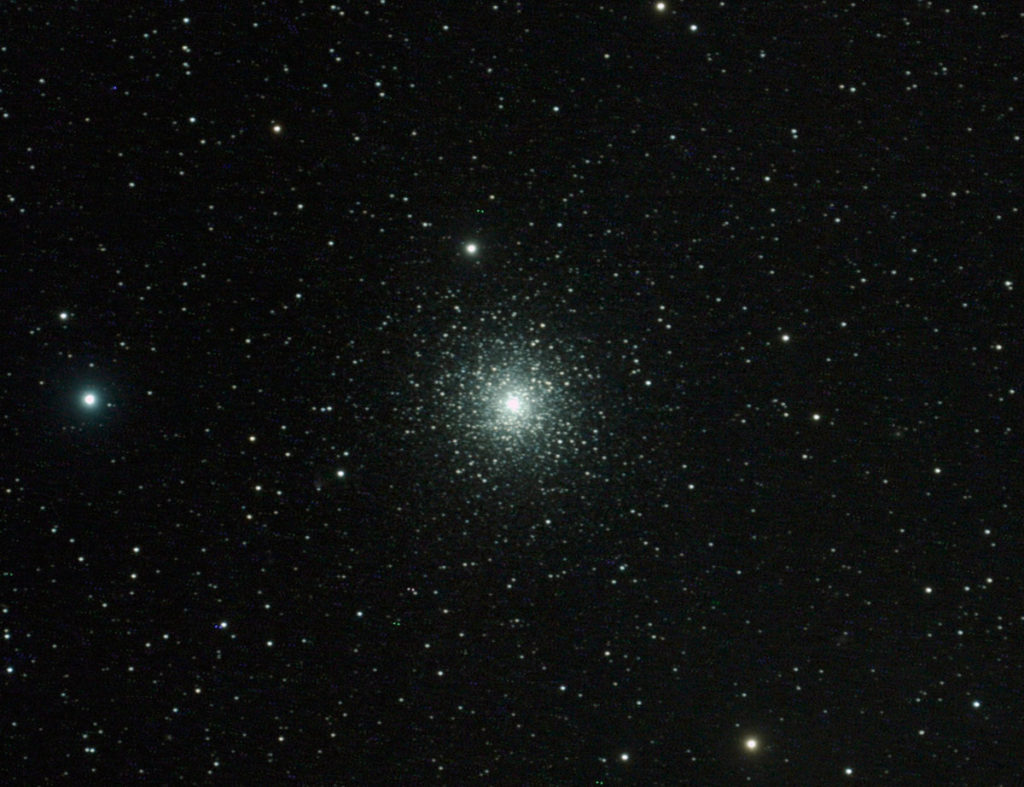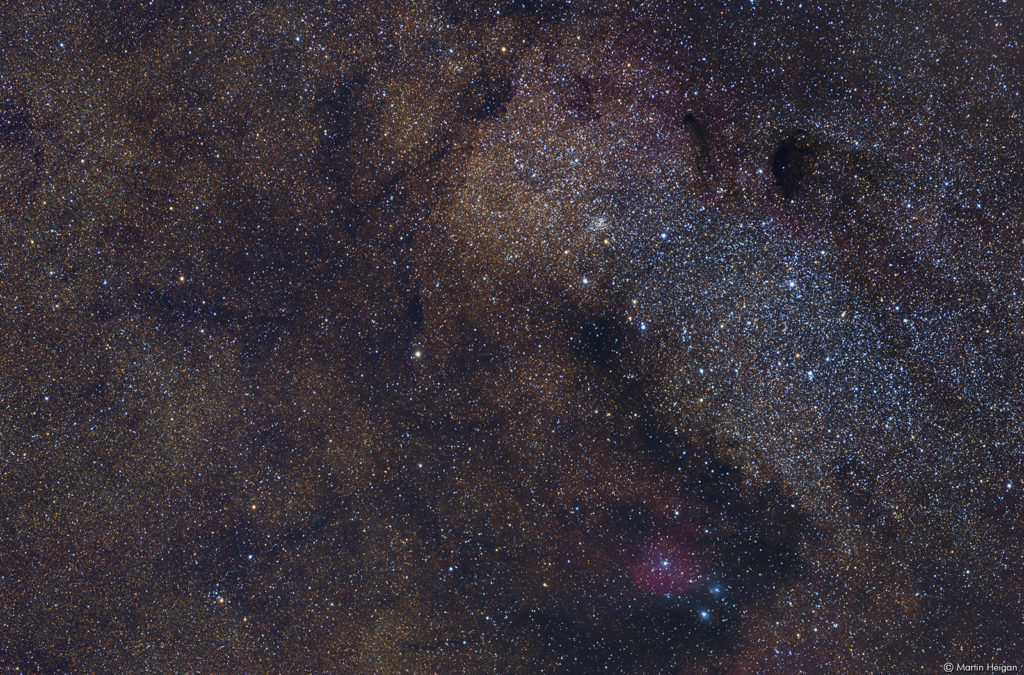
The great amateur astronomer Leslie Peltier once suggested a cure for many of the world’s problems is simply “one gentle dose of starlight to be taken each night just before retiring”. If you feel the need for a little starlight these days, there is no better bang for your buck than looking at galaxies. Northern spring is the perfect time for observing these immense collections of billions of stars, hundreds of which lie within easy reach of a small telescope (thousands if you’re using a camera instead of an eyepiece) [Read more…] about Edge-On Spirals Galaxies in the Northern Spring Sky
Share This:


